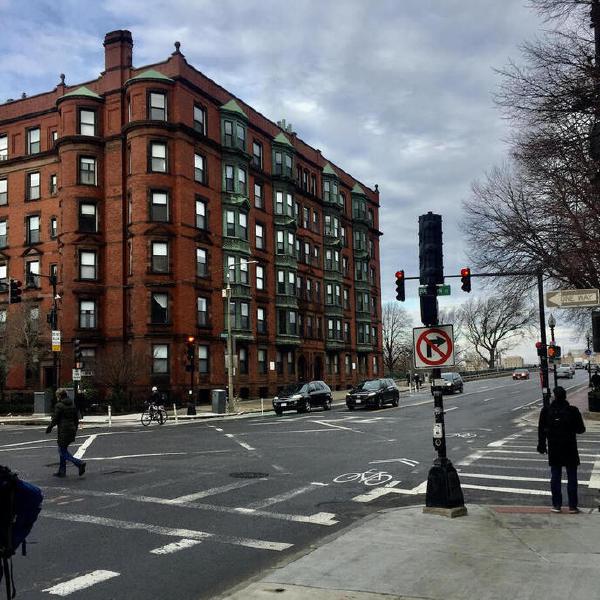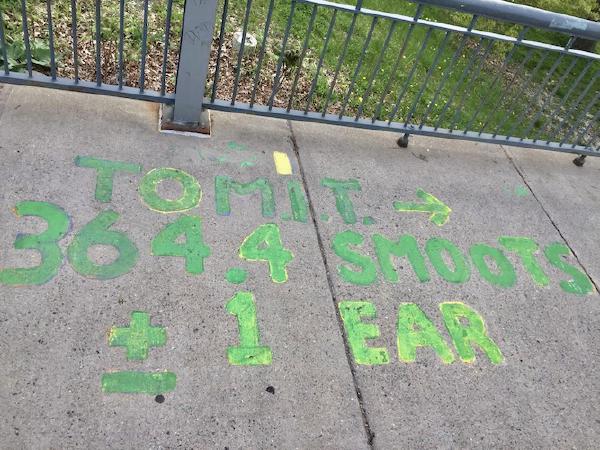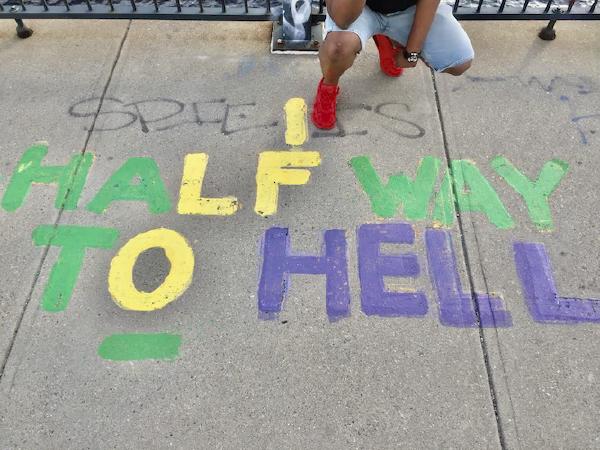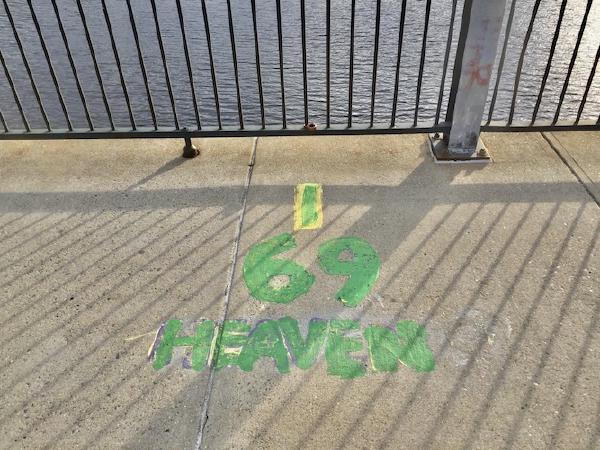364.4 Smoots ± 1 Ear
My favourite bridge in Boston.
It was Smoots Day earlier this week on Oct 4th and it reminded me of the time I used to cross The Harvard Bridge almost every other day.

Backdrop
For my bachelor thesis, I was interning at Harvard Medical School from January to June 2020 working on object detection algorithms for acne lesions.
I was dwelling in Boston near the famous CITGO sign. Almost every other day, I used to walk my way to the lab across the Charles river making use of the Harvard Bridge.

The Harvard Bridge (also known locally as the MIT Bridge and the “Mass. Ave.” Bridge) is a bridge carrying Mass. Ave. over the Charles River and connecting Back Bay, Boston with Cambridge, Massachusetts.
Walking on the Bridge was refreshing; the chilly breeze hitting my face from around every corner and the panoramic views of the Boston skyline and Cambridge on either side used to cure my early morning fatigue.
However, what I liked the most about the Bridge were its idiosyncrasies. My favourite peculiarity is the painted markings on the sidewalks of the Bridge which begins on the Boston riverbank:

What’s a Smoot?
The long and short of it is that a smoot is a unit of measurement that measures exactly 5 feet 7 inches. The smoot was created in 1958 when Lambda Chi Alpha fraternity members at MIT, as a prank, decided to use a pledge, Oliver R. Smoot, Jr., to calculate the length of the Massachusetts Avenue Bridge.
Smoot lay down on the bridge, his fraternity brothers marked his head and feet, then he moved down one length and the process was repeated until the entire length of the bridge had been measured.
The fraternity painted markings every ten smoots. The length of the bridge was calculated at 364.4 smoots, plus or minus one ear. Succeeding pledge classes repainted the markings; it is a tradition that continues to this day.1

Oliver Smoot was selected because he was the pledge deemed shortest and “most scientifically named”. To implement his use as a unit of measure, Smoot repeatedly lay down on the bridge, let his companions mark his new position in chalk or paint, and then got up again.
Eventually, he got tired from all this exercise and was carried thereafter by the fraternity brothers to each new position.
Oliver Smoot graduated from MIT with the class of 1962, became a lawyer, and later became chairman of the American National Standards Institute (ANSI, 2001–02) and then, president of the International Organization for Standardization (ISO, 2003–04).
Google Calculator incorporates smoots, which it reckons at exactly 67 inches (170.18 cm). Google also used the smoot as an optional unit of measurement in their Google Earth software and Google Maps distance measurement tool.
Smoot’s name also graces the cover of a recently published book on measurement, Smoot’s Ear: The Measure of Humanity. In the preface, author Robert Travernor writes,
“The significance of Smoot’s ear is that it is a built-in error; it recognises that fallibility is ever-present in human affairs … that it is an essential quality of human nature, and is at the root of human creativity.”

Impossible Possible
What better way to promote an upcoming performance in Boston than to be locked up in chains and take a 30-foot plunge into the Charles River?
That’s exactly what Harry Houdini did on April 30, 1908. (Spoiler alert: He lives!) Before two weeks of performing at Keith’s Theater on Washington Street, the master of the “Impossible Possible” decided to take his talent of escaping from handcuffs and chains a step further by doing so underwater.
The Globe estimated some 20,000 spectators gathered to see Houdini’s leap, including the mayors of Boston and Cambridge. They waited 40 seconds for the magician to resurface, which he did with the shackles in his hands.2

These strange things about the notorious bridge made it iconic for the locals.